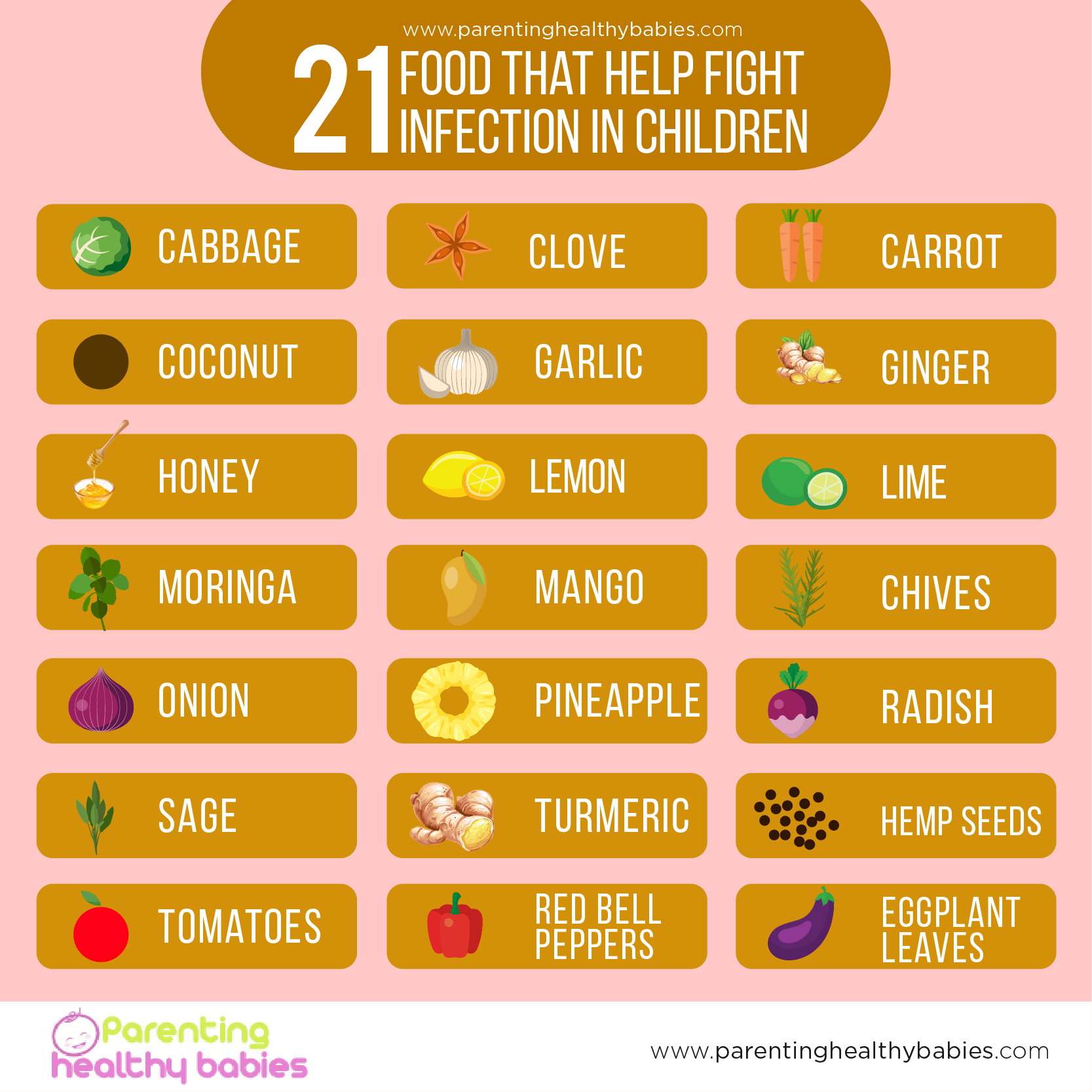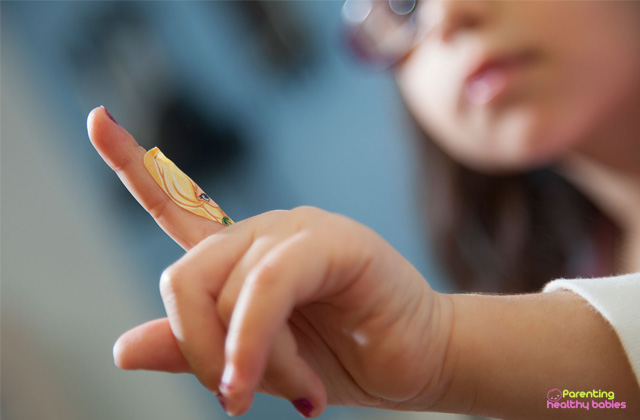Feeling dizzy or lightheaded, frequent fainting, having an irregular heartbeat, increased thirst, and lack of concentration are some of the symptoms of low blood pressure in children.
What is low blood pressure?
Blood pressure is an automatically regulated mechanism in our body. It is designed to provide oxygen through the blood, through our brain, as well as to various parts of our body. The regulation of blood pressure falls within many factors. Blood volume can affect the blood pressure, the endothelial wall of the blood vessel itself constricting and dilating through what we call baroreceptors or blood pressure sensitive receptors can help modulate the blood pressure, and of course electrolytes and the sodium balance can also play an important factor.
Low blood pressure, also called hypotension, is blood pressure low enough that the flow of blood to the organs of the body is inadequate.
A Guide for Low Blood Pressure in Children
Cause of low blood pressure in children
One of the main causes of low blood pressure in children is adrenal fatigue. When the blood pressure is not regular, the brain is not getting enough profusion or blood flow, and then the body will suffer. In the case of adrenal fatigue, what happens is, because the adrenal glands regulate the sodium and potassium balance, there is a tendency, as the adrenals get weaker that the body is not able to regulate this as much as it should. As a result, the sodium is usually lost through the deficiency or the subclinical effectiveness of aldosterone: the hormone that is regulating the blood flow and the water flow.
Now, this hormone is critical because in adrenal fatigue this hormone aldosterone tends to be low. As a result, the sodium is not going to be easily maintained in the body. At this time the laboratory values may be the same or normal. Many children suffer from low blood pressure because they are losing sodium. Without sodium, the water inside their body does not flow. So, in other words, the water stays with the sodium, wherever the sodium goes the water goes. So as long as the sodium is high, the water will be retained in the body. When the sodium is low then the body will tend to lose water. If you lose water, then your blood pressure will go down; it will stay down consistently.
Symptoms of low blood pressure in children
Knowing the early 5 common signs of low blood pressure can help your child receive the best treatment before it becomes serious or even life-threatening.
When the heart is squeezing blood into the arteries, the pressure is high. And when the heart is relaxed, the pressure is lower. Most doctors would say that you have low blood pressure if it is below 90/60 mm/Hg. Your doctor will refer to this as ‘90 over 60’.
Given below are, 5 common signs of Hypotension or Low Blood Pressure that you must keep in mind:
- Your child is feeling dizzy or lightheaded.
- Your child might experience frequent fainting.
- having an irregular heartbeat.
- His/her thirst has increased more than normal.
- He/she is experiencing a lack of concentration.
Having some of the signs of low blood pressure doesn’t ensure that your child is definitely suffering from this condition, but you should always contact your doctor, just to make sure. There’s no better treatment for low blood pressure than prevention. The sooner you can find out what your blood pressure is, and can take steps to reduce it, the better it is.
Knowing the numbers can save your child’s life. Making sure he/she is not having low blood pressure is just one of the many reasons to receive regular checkups from your doctor.
Treatment for low blood pressure in children
A proper diet and healthy lifestyle will bring your child’s blood pressure back to normal. There are numerous home remedies and treatments that are usually effective in raising the blood pressure in persons with low blood pressure (BP below 90/60 mm of Hg), and they are:
Lemon juice
Lemon juice is highly effective in treating high blood pressure but it can also be used for low blood pressure especially when it is caused by dehydration. In such cases, you can give your child some lemon juice to drink, mixed with a little salt and sugar. It energizes the body by stimulating the liver function and aids in digestion. A glass of sugarcane juice mixed with a tablespoon of lemon juice and salt is also useful.
Carrot juice
Starting your child’s day with carrot juice mixed with a little honey is an easy way to treat low blood pressure. Let your child drink it twice a day, on daily basis (empty stomach in the morning and in the evening).
Almonds and milk
It is the traditional and natural treatment for low blood pressure. Just soak five to six almonds in water overnight, peel off the skin in the morning and grind the almond to make a smooth paste and mix this paste in hot milk with sugar. Let your child drink this mixture regularly to see the best results.
Rosemary
Rosemary is believed to be useful in normalizing low blood pressure because it stimulates the central nervous system and improves circulation. Ask your child to take up to ten milliliters of rosemary tincture per day. Having freshly prepared infusion with this herb or adding this to your foods is also useful. You can simply add three to four drops of rosemary essential oil in your diffuser for aromatherapy benefits.
Saltwater
Saltwater helps to treat low blood pressure because the sodium in salt increases blood pressure. Do not overdo this remedy though, as excess salt can prove to be unhealthy. Simply add half a teaspoon of salt in a glass of water and ask your child to drink it. You can also let your child drink sports beverages.
Complications due to low blood pressure
Blood pressure is that the force that blood exerts on the walls of arteries. Low pressure, conjointly known as cardiovascular disease, is that the condition where the pressure falls below 90/60 mm/Hg. This cardiovascular disease carries risks and will be a sign of some additional serious conditions.
Some of the complications that can occur due to low blood pressure are:
Alertness dangers
Low pressure will cause blurred vision and confusion. It will cause a lack of focus that is required for the sake of safety, like while driving a motorized vehicle. This complication of low pressure will cause loss of concentration and will result in loss of management of the vehicle.
Fall Dangers
The onset of symptom will occur quickly, particularly once standing suddenly. The ensuing symptom may end in a fall that would injure your child. Also, fainting could be a danger of low blood pressure. Fainting may result in serious bodily hurt, ensuing from a fall once going unconscious.
Shock
Shock happens when there’s not enough blood reaching to the major organs, together with the brain. The first signs of shock are lightheadedness, confusion and temporary state. As and when the condition progresses, it’ll be troublesome to take a seat up and not pass out. The shock will be fatal and will be treated forthwith.
Other Conditions
Low pressure may be associated with a nursing indicator of an additional major problem. Issues that end in low pressure embrace blood loss, severe infection, severe dehydration, heart issues like heart failure, heart condition and faulty heart valves, severe sensitivity, and endocrine issues like active or inactive thyroid, frequent sickness, low glucose, polygenic disorder and malnutrition.













